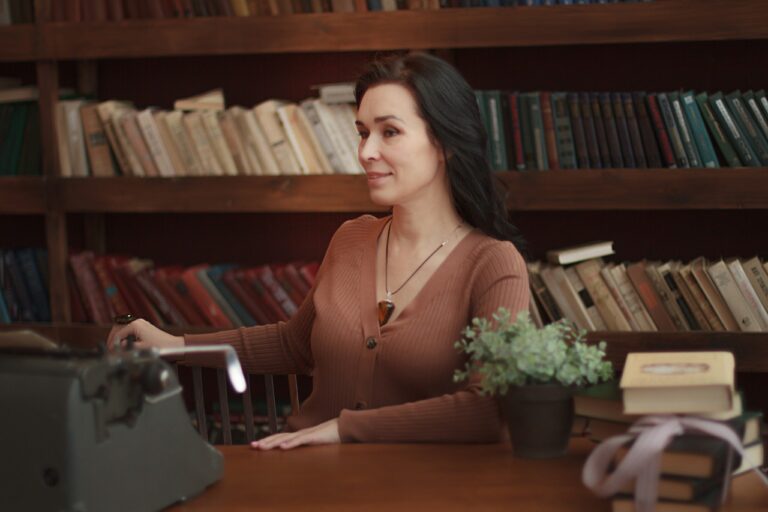Supporting LGBTQ+ Students in Schools
Educators play a vital role in ensuring that students have access to inclusive curriculum and resources that reflect diversity in all its forms. By incorporating materials that represent various cultures, perspectives, and experiences, teachers can create a learning environment that fosters understanding and respect among students. Inclusive curriculum can help students feel seen, heard, and valued, ultimately enhancing their engagement and academic success.
In addition to diversifying the content of lessons, it is crucial for educators to provide resources that cater to a wide range of learning styles and abilities. By offering a variety of materials, such as visual aids, hands-on activities, and digital resources, teachers can support the diverse needs of their students. In doing so, they can empower all learners to participate fully in the educational experience and reach their full potential.
Establishing Safe Spaces and Supportive Environments
Creating safe spaces and supportive environments within educational settings is crucial for fostering a sense of belonging among all students. When schools prioritize inclusivity and respect for diversity, students are more likely to thrive academically and emotionally. Establishing clear guidelines for behavior and communication helps create a positive atmosphere where students feel valued and understood.
In addition to establishing clear expectations, it is important for educators to actively listen to their students and create opportunities for open dialogue. By providing a platform for students to share their thoughts and experiences, educators can gain valuable insights into the needs and concerns of their diverse student body. This proactive approach helps build trust and encourages students to engage meaningfully with their peers and teachers.
What can educators do to create an inclusive curriculum?
Educators can ensure that their curriculum includes diverse perspectives, cultures, and experiences. They can also incorporate materials that represent a range of identities and backgrounds.
How can safe spaces be established in educational settings?
Safe spaces can be established by creating a welcoming environment where all students feel respected and valued. Educators can set clear expectations for behavior and address any incidents of discrimination or harassment promptly.
What resources are available to support students in need?
There are a variety of resources available, such as counseling services, support groups, and student organizations. Educators can also provide referrals to outside agencies or professionals when needed.
How can educators promote a supportive environment for all students?
Educators can promote a supportive environment by fostering a sense of community, encouraging open communication, and providing opportunities for students to express their thoughts and feelings. They can also be mindful of the language and behaviors they use in the classroom.





